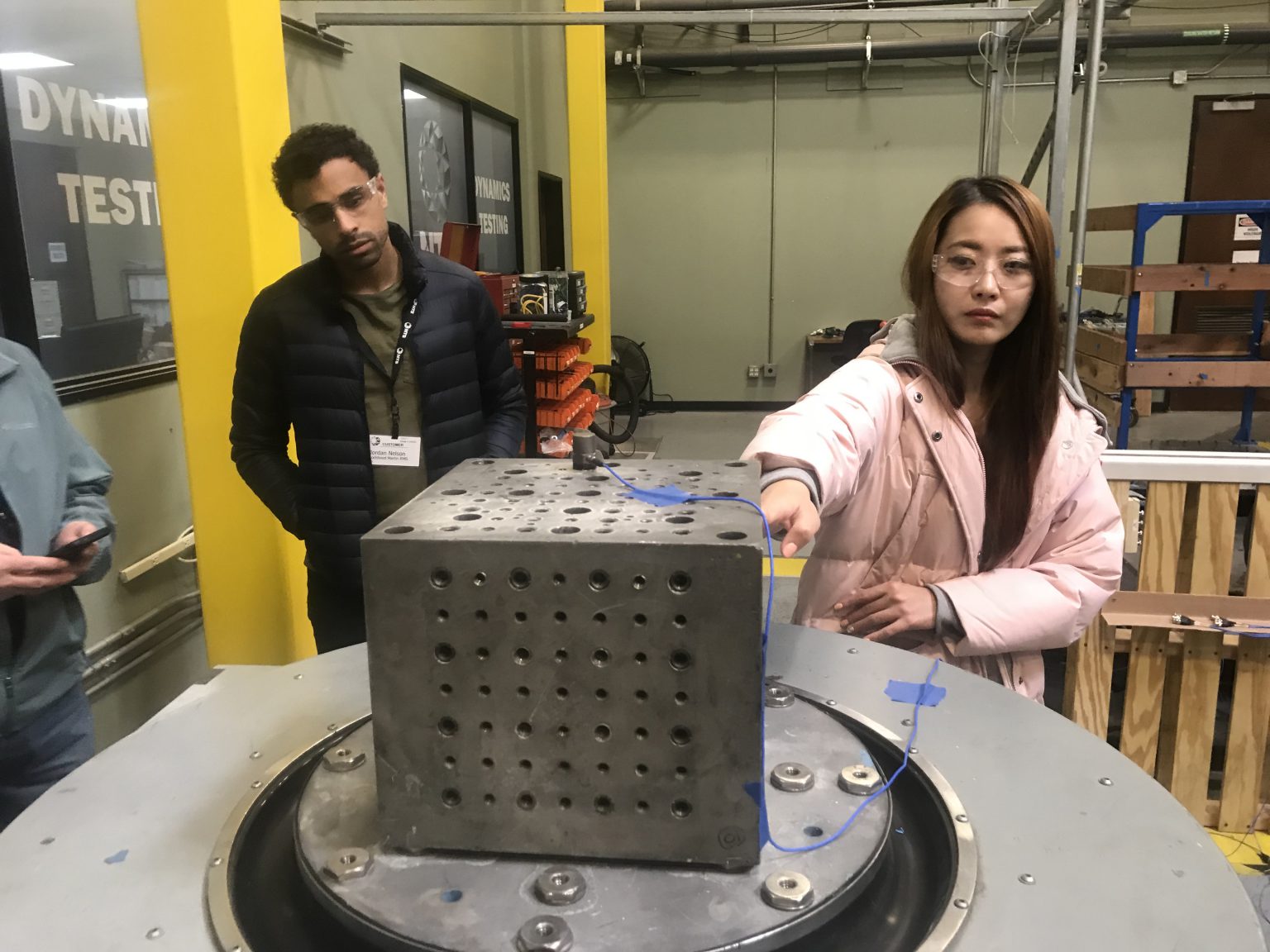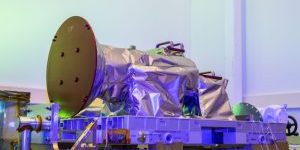DoD Will Deploy AI-Enabled Detection System to Monitor D.C. Airspace
An artificial intelligence-powered airspace monitoring system is set to be installed to enhance protection of the nation’s capital with the potential to scale across other Defense Department and U.S. government installations and systems. “The upgraded visual recognition, identification, and warning system delivers a tenfold increase in performance capability compared to the 9/11-era system it replaces,”…



















